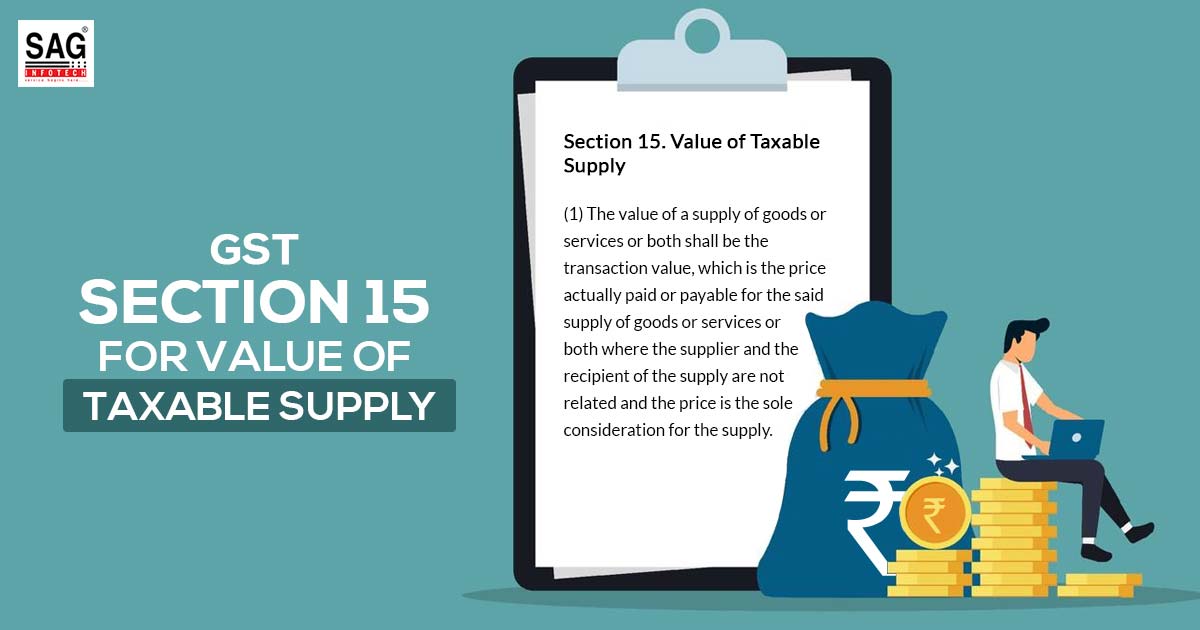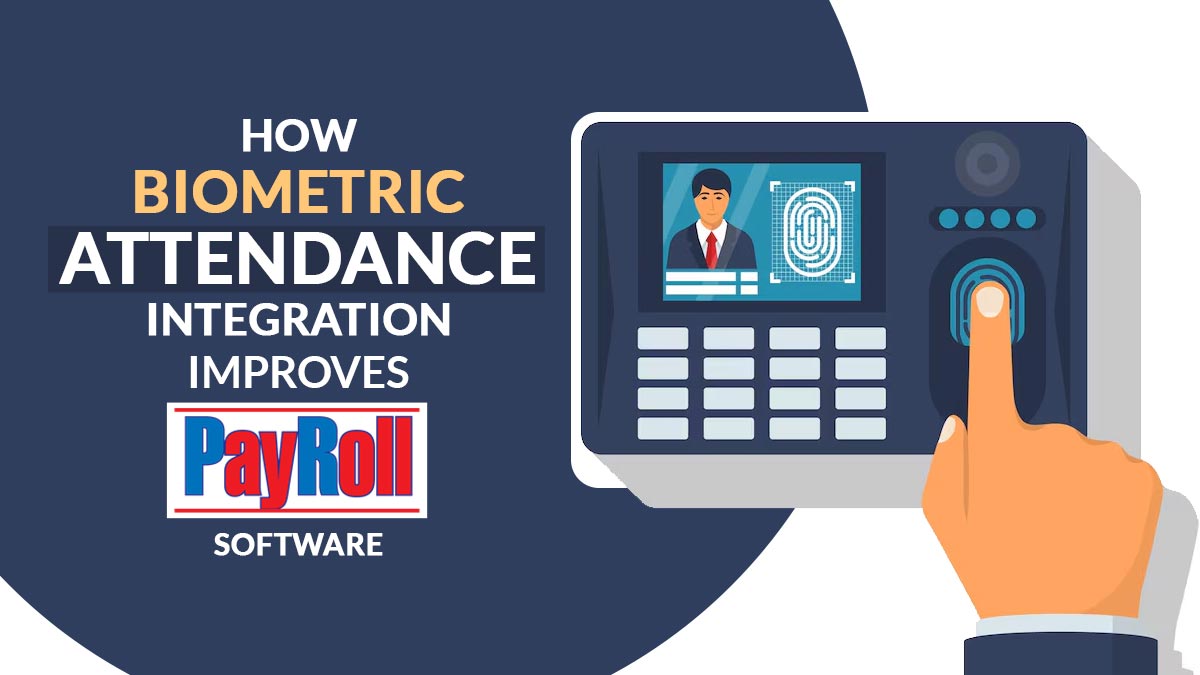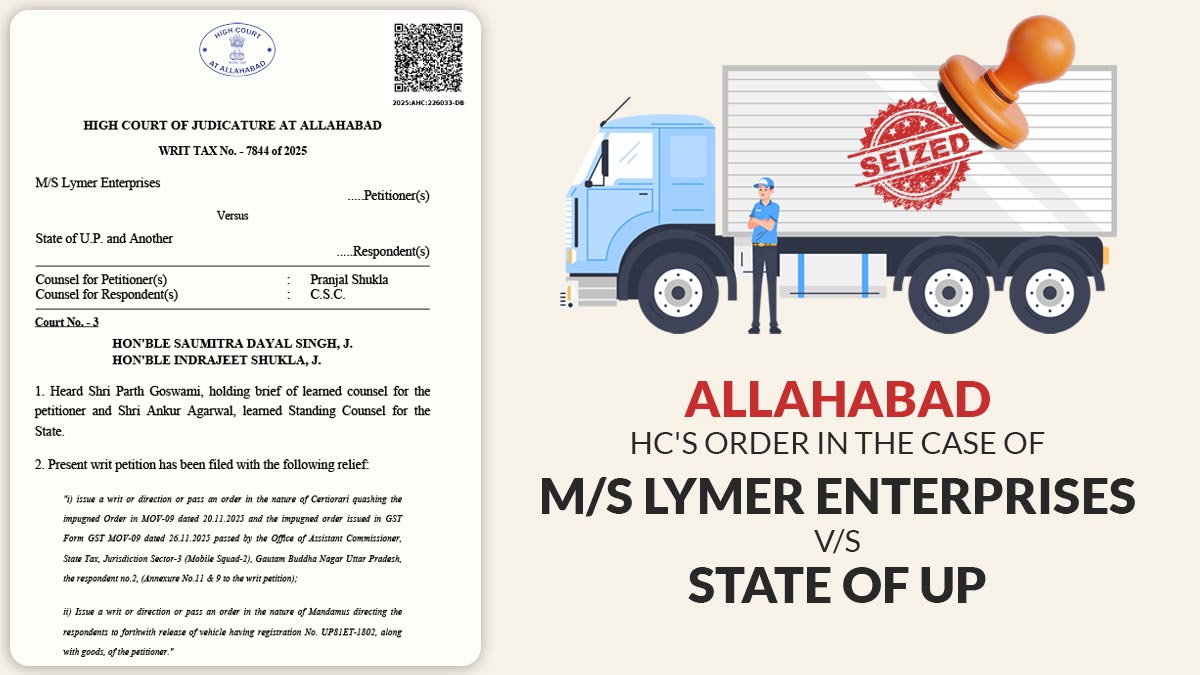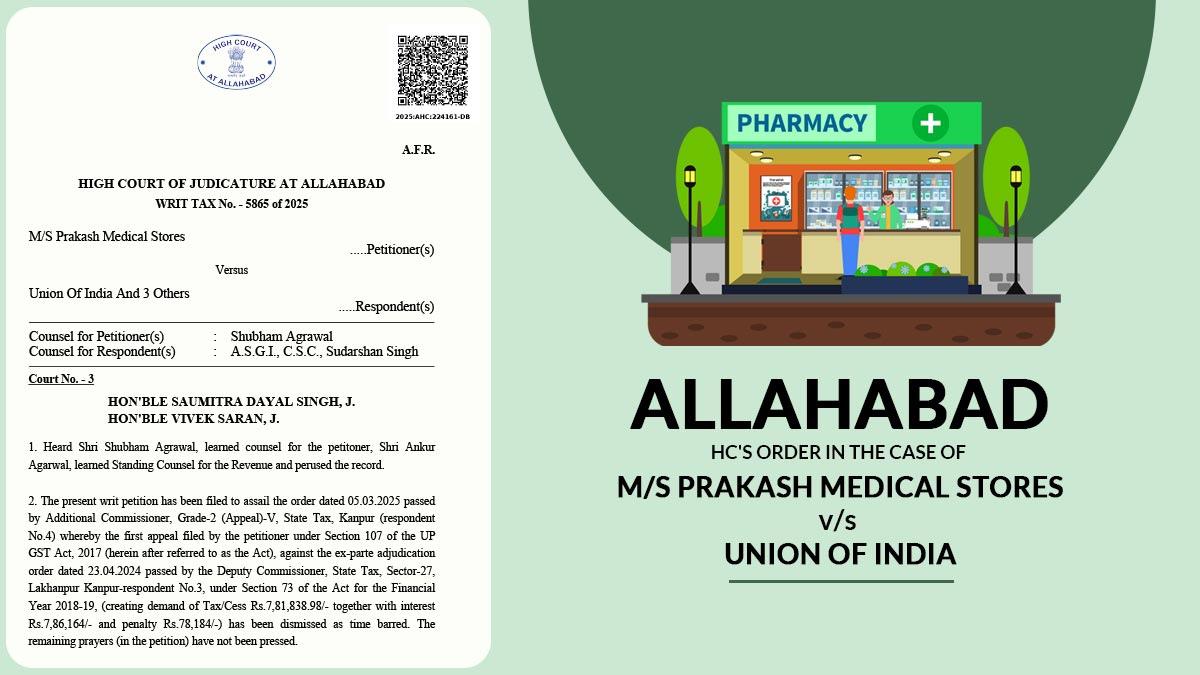
What is Section 15 Under GST Act?
The value of the supply of goods or services or both is described in Section 15 of the CGST ACT 2017 as the “Transaction Value,” which is defined as the price actually paid or payable for the supply of goods or services or both when the supplier and recipient are unrelated and the price serves as the only consideration for the supply. The Value of Supply must be established in order to assess the Tax Liability, making Section 15 a crucial part.
From the below-mentioned GST law let’s take the reference
- Whether goods or services are supplied, the value will be a transaction value, which is the price paid in actual or subjected to be paid for the stated supply of goods or services or both in which the supplier and the recipient of the supply would not be connected and the cost would be the only consideration of supply.
- The supplied value will comprise of:
- Any fees, taxes, cesses, duties and charges charged beneath any law in effect for the time being other than this Act, the State Goods and Services Tax Act, the Union Territory Goods and Services Tax Act, and the Goods and Services Tax (Compensation to States) Act, if the supplier charged separately;
- Any amount which the supplier is responsible for paying with respect to these supplies but which has been made via the recipient of the supply and excluded in the price actually paid or liable to get paid for the goods or services or both.
- Incidental expenditures charged by the supplier to the receiver of a supply, including commission and packing, and any sum charged for anything performed via the supplier in relation to the provision of goods or services, or both, at the time of, or before, delivery of products or supply of services.
- For the late GST payment of any consideration for any supply levy of interest, or late fee or penalty.
- Excluding subsidies offered by the Central Government and State Governments, subsidies that are directly correlated to the price.
Explanation: The objective of the same sub-section would be that the amount of subsidy will be engaged in the supplier’s value of supply who obtains the subsidy.
- No discount would be provided in the value of supply which is provided
- Prior to or during the time of supply when the same discount would get duly recorded in the invoice provided for these supplies and
- After the supply would get effected when (i) these discounts would be made for the agreement inserted into at or prior to the time of supply of these and particularly connected to the pertinent invoices and (ii) the Input tax credit as due to the discount on the grounds of the document provided via the supplier would have revered via the recipient of the supply.
If the value of the supply of goods or services, or both, could not be established under sub-section (1), it must be calculated in any other method authorized by law.
The value of such supplies as may be notified by the Government on the suggestions of the GST Council Notwithstanding anything contained in sub-section (1) or sub-section (4), will be fetched in a way as specified.
Explanation: For the purposes of this Act,– (a) persons will be treated to be “related persons” when-
- Those people are officers or directors of one another‘s businesses
- Those people are legally recognized partners in business
- Those people are employers and employee
- Any individual directly or indirectly owns, regulates, or holds 25% or exceeding the outstanding voting stock or shares of both of them
- One of them directly or indirectly regulates the other
- Both of them are directly or indirectly regulated via a third person
- Together they directly or indirectly govern a third person
- They are members of the same family; (b) the term person would indeed comprise of legal persons; (c) persons who are connected with the business of one another in that one is the sole agent or sole distributor or sole concessionaire, whom so ever described, of the other, will be considered to be related.
Read Out Below Necessary Points
- The Transaction Value, which is the actual amount paid or payable for the aforementioned goods or services, or both, will be considered the Value of Taxable Supply.
- Included in the value of the taxable supply are all incidental costs, such as commission and packaging fees that the supplier has charged the recipient for.
- For consideration by the supplier, any interest or late fee, or penalty is levied.
- Under the law in force excluding the same act any taxes, duties, or cess charged.
- Subsidies Directly Linked with the Consideration excluding the Government Subsidies.
- Discount furnished via the Supplier will be excluded from the Transaction Value.
Read Also: Direct Tax Guide: Definition, Types, Codes and Advantages
What CGST Rules Say About Value of Taxable Supply?
According to the CGST Rules, both the value of the supply of goods or services should be treated as explained below-
Open Market Value- Open Market Value should be completely worth money. It may exclude the GST payable by an individual in a transaction. When the provider and recipient are not related to each other and the price is the only factor, this method is appropriate and shall be used.
Supply of Goods and Services of Like Kind and Quality: The supply of any Goods or Services under comparable conditions, concerning their characteristics, quality, quantity, functional aspects, materials, and the reputation associated with goods or services or both, is considered the same or closely resembling the supply of those Goods or Services or both.
Under GST Rule 27: Non-financial Considerations
- Open Market Value.
- If (a) is not available.
- Value of Consideration= Consideration in Money + FMV of Goods or Services or both not in money.
- If (a) and (b) are both not available.
- The value of Taxable Supply will be of Kind and Quality.
- If (a),(b) &(c) is not available then apply rule 30 & rule 31.
Under GST Rule 28: Party Transactions
- Open Market Value.
- If (a) is not available.
- The value of Taxable Supply will be of Kind and Quality.
- If (a) &(b) is not available then apply rule 30 & rule 31.
Under Rule 29: Supply Between Agent and Principal
- Open Market Value
- 90% of the Price of Kind and Quality via the Recipient
- Apply rule 30 or rule 31 as per the order If (a) & (b) is not available
Explanation of GST Rules 30 and 31
Under Rule 30: Value of Taxable Supply as per the Cost
The Value will be 110% of the Cost of Production, Cost of Acquisition, and Cost of Provision of Services.
Under Rule 31: Residual Method or Best Judgement Method
The Value will be constant with the principle and general provision of Section 15 and the Provision of Rule 27 to Rule 30 of CGST Rules would get applied.
If the aforesaid rules would not be able to find out the taxable supply valuation or when the case would not be counted beneath the mentioned rules then Rule 30 and Rule 31 will get applied.
Summary of Section 15 and CGST Rules
The aforementioned Section 15 and CGST Rules assist us in figuring out the Value of the Taxable Supply of Goods or Services or Both, which serves as the Transaction Value because if the Value of the Taxable Supply is not established, the idea of figuring out the Tax Liability does not exist.
The Value of Taxable Supply is often determined by the Price Paid or Payable for the Supply of Goods or Services, but in some circumstances, it can be challenging to identify the Value of Supply.
As a result, required rules have been created that provide us with a means to calculate the Value of Supply. For example, the term Open Market Value has been used, which is the Value-Based on the Full Value of Money Paid or Payable Excluding GST, making it simple to calculate the Value of Taxable Supply.









